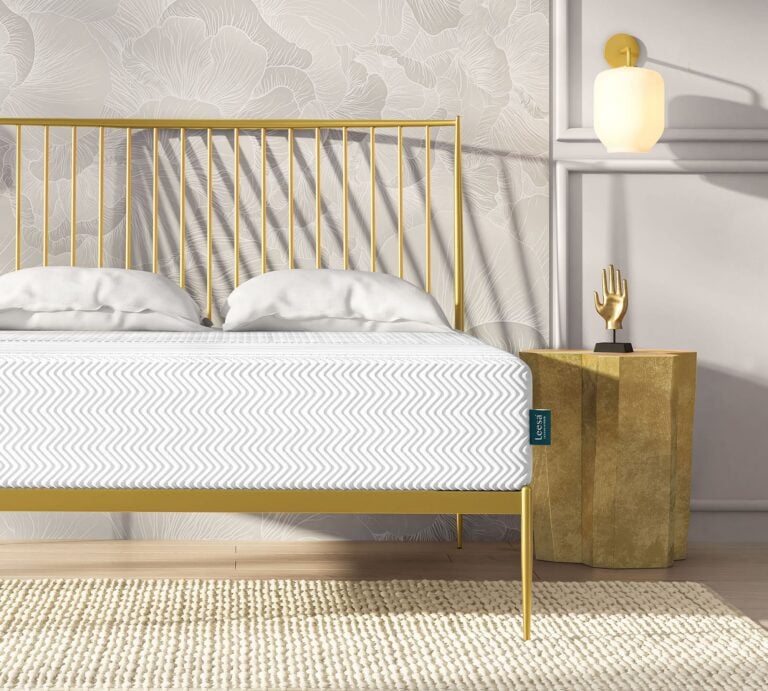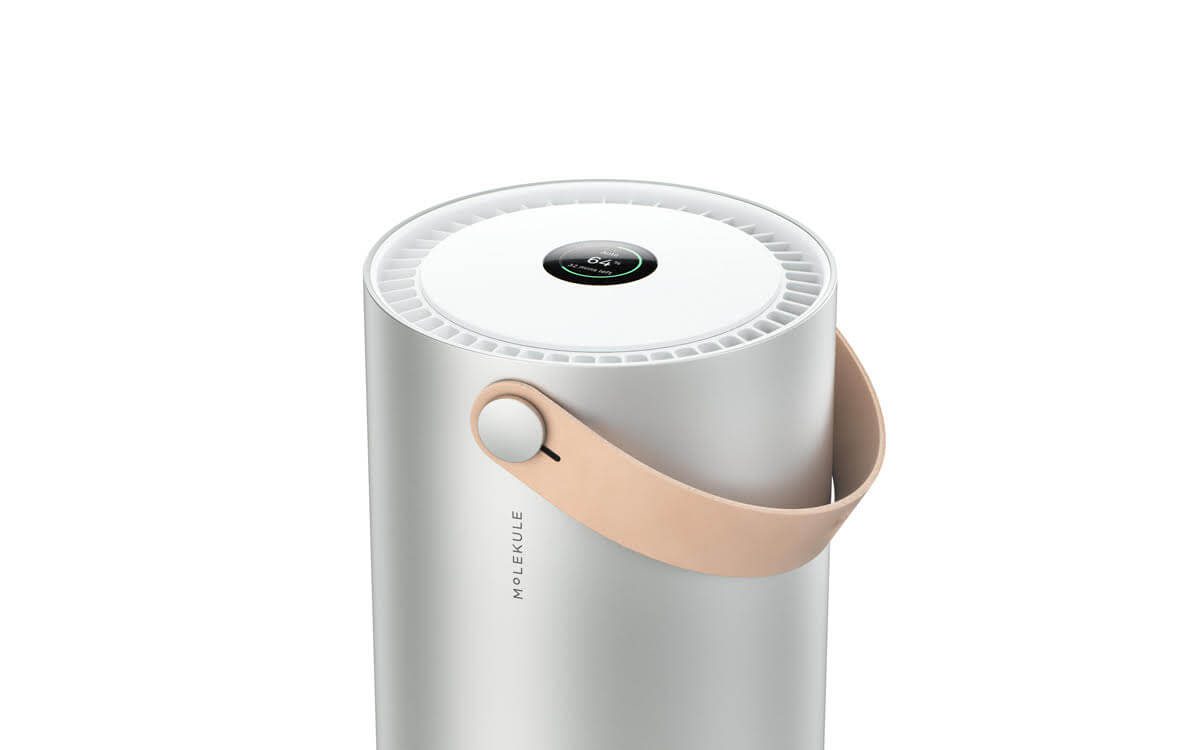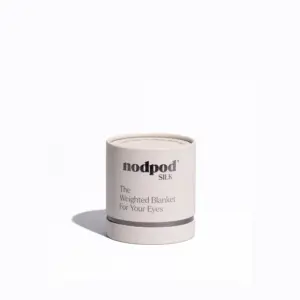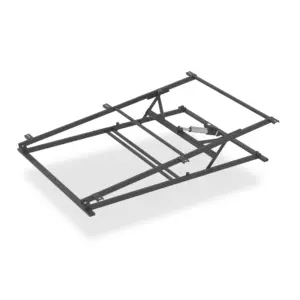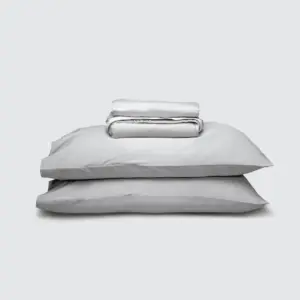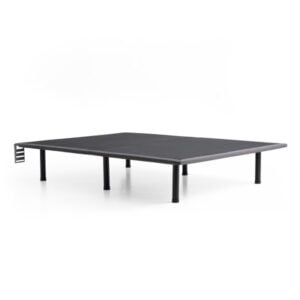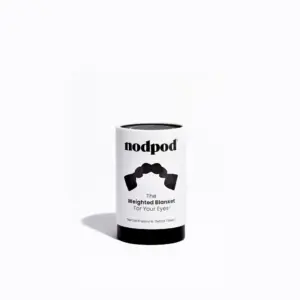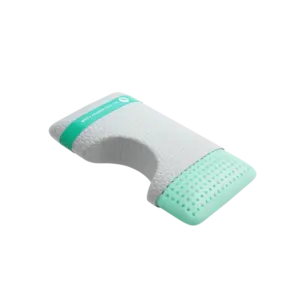Find Comfort and Relief with the Best Mattress if Allergic to Latex
Identifying the best mattress if allergic to latex can dramatically enhance your sleep quality and overall well-being. With a growing number of individuals experiencing latex allergies, which can trigger skin irritation and respiratory distress, it becomes crucial to select a mattress that is both comfortable and hypoallergenic. This article aims to guide you through the best latex-free mattress options that prioritize your health while ensuring a good night’s sleep.
1. Top Picks for Latex Allergy Sufferers
– Amerisleep AS3: This memory foam mattress is CertiPUR-US certified, ensuring that it’s devoid of harmful chemicals and boasts a medium firmness. It also features a cooling gel layer, making it suitable for those who tend to sleep hot.
– Saatva Latex Hybrid: While it includes the term latex,
– Purple Mattress: Renowned for its innovative Hyper-Elastic Polymer grid, this mattress is free from latex and designed to be hypoallergenic, allowing for great airflow and temperature regulation.
– Sweet Zzz Honey Hybrid Mattress: This combination of non-latex memory foam and coils excels at pressure relief, providing a comfortable sleeping experience without compromising health.
By focusing on hypoallergenic materials like memory foam, polyurethane foam, or natural fibers, you can significantly enhance your sleep quality while reducing allergy symptoms.
Understanding Latex Allergies
Latex allergies stem from proteins found in natural latex, causing reactions that can range from mild skin irritations to severe anaphylaxis. It’s essential to understand how these proteins trigger allergic reactions and how certain manufacturing processes can mitigate these risks.
Latex Proteins and Allergic Reactions
According to the American College of Allergy, Asthma, and Immunology, less than 1% of the general population suffers from latex allergies, but the prevalence is higher among healthcare workers due to frequent contact with latex gloves. Symptoms can manifest as rashes, respiratory issues, or more severe reactions.
The Vulcanization Process
Most latex used in mattresses undergoes vulcanization, a process that heats the latex to eliminate many allergy-inducing proteins. Nevertheless, those with severe latex allergies should avoid any direct contact with latex products, as even minimal exposure may still provoke a reaction. Typically, latex mattresses are encased in non-latex materials like cotton or wool, which reduces exposure risk.
Latex-Free Alternatives
For those allergic to latex, a variety of mattress types provide comfort and support without triggering allergies:
1. Memory Foam Mattresses: Made from polyurethane foam, memory foam mattresses are hypoallergenic and are ideal for providing support. Look for CertiPUR-US certified options to ensure low levels of volatile organic compounds (VOCs).
2. Innerspring Mattresses: These traditional mattresses utilize coil support systems wrapped in hypoallergenic materials, offering breathability and excellent support.
3. Hybrid Mattresses: Combining memory foam with innerspring support, hybrid options offer pressure relief and comfort without involving latex.
4. Air Mattresses: While typically seen as temporary solutions, higher-end air mattresses made from PVC vinyl can be adjusted for firmness, making them latex-free.
5. Cotton and Wool Mattresses: Natural fibers like cotton and wool are inherently hypoallergenic and breathable, providing a comfortable sleep surface that sidesteps latex exposure.
Best Mattress if Allergic to Latex: Detailed Options
Finding the right mattress can be daunting, but the following latex-free options provide comfort and support tailored for individuals with latex allergies.
Memory Foam Mattresses
Memory foam is an excellent choice for those allergic to latex. The Amerisleep AS3 stands out with CertiPUR-US certified foam. Its cooling gel layer not only regulates temperature but also offers superior motion isolation, making it a favorite among couples.
Key Benefits:
– Exceptional motion isolation for undisturbed sleep
– Built-in cooling technology to keep hot sleepers comfortable
– Safety with CertiPUR-US certification
Innerspring Mattresses
Innerspring models remain popular for their breathability and support, ideal for those who prefer a firmer sleeping surface. For added comfort, some may require a mattress topper.
Key Benefits:
– Affordable and widely available
– Great breathability, preventing overheating
– Strong edge support suitable for couples
Hybrid Mattresses
Hybrid designs like Saatva’s Latex Hybrid combine the strengths of both memory foam and innerspring systems, providing pressure relief and balanced support.
Key Benefits:
– Excellent for various sleeping positions
– Provides support without the use of latex
– Satisfies diverse comfort preferences
Air Mattresses
These versatile mattresses are perfect for temporary uses, like guest rooms or camping. They’re lightweight, portable, and often adjustable in firmness.
Key Benefits:
– Customizable firmness levels
– Easy to store and transport
– Adequate for short-term needs
Cotton and Wool Mattresses
Opting for organic materials, cotton and wool provide hypoallergenic qualities while offering great breathability. Wool also has natural temperature-regulating properties, which is beneficial for hot sleepers.
Key Benefits:
– Hypoallergenic and breathable
– Eco-friendly options available
– Naturally antimicrobial properties
How to Choose the Right Hypoallergenic Mattress
Certifications Matter
When searching for a hypoallergenic mattress, prioritize certifications that identify safe materials:
– CertiPUR-US: Confirms the absence of harmful chemicals.
– OEKO-TEX Standard 100: Indicates testing for harmful substances.
– GREENGUARD Gold: Ensures low chemical emissions for improved indoor air quality.
– GOTS (Global Organic Textile Standard): Guarantees organic materials.
Mattress Firmness Based on Sleeping Position
Different sleeping positions require different mattress firmness levels:
– Side Sleepers: Opt for medium to soft mattresses to relieve pressure on shoulders and hips.
– Back Sleepers: Need medium-firm to maintain spinal alignment.
– Stomach Sleepers: Firm mattresses are essential to prevent excessive sinkage.
– Combination Sleepers: Look for medium-firm options that provide a balance of support.
Conclusion
Finding the best mattress if allergic to latex is achievable and essential for enjoying restful, allergy-free sleep. At Yawnder, we strive to bring you carefully vetted, hypoallergenic sleep solutions designed to enhance both comfort and health. Choosing the right mattress can lead to improved sleep quality, reduced allergy symptoms, and an overall better attitude toward sleep.
Explore our recommended latex-free mattresses and take the first step toward healthier, more rejuvenating sleep. By making informed decisions, you can rest easy, waking up refreshed and symptom-free. Thank you for trusting Yawnder as your guide in the journey to better sleep.

